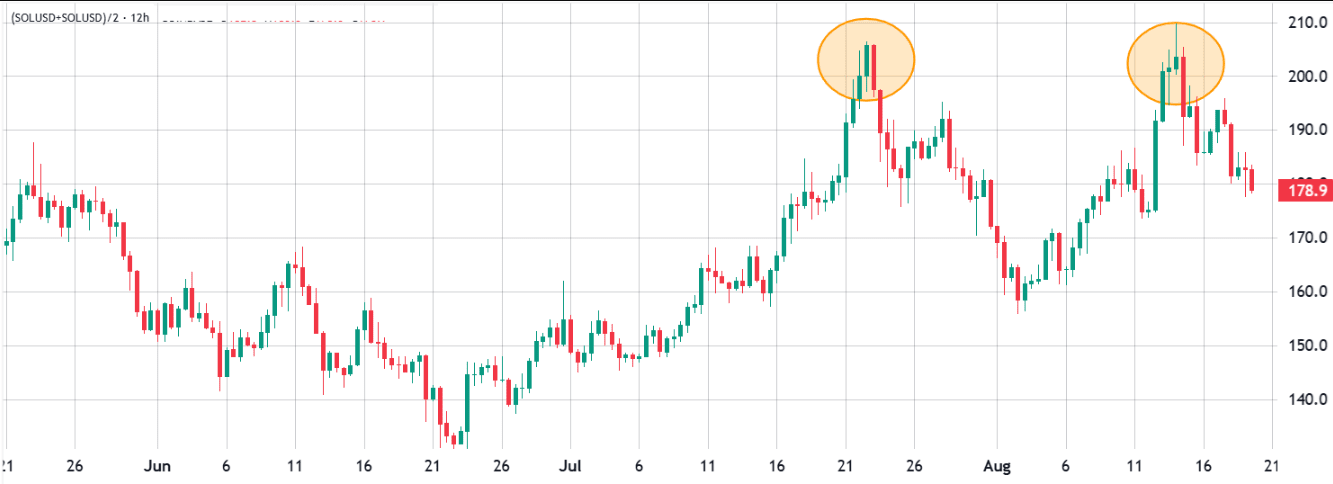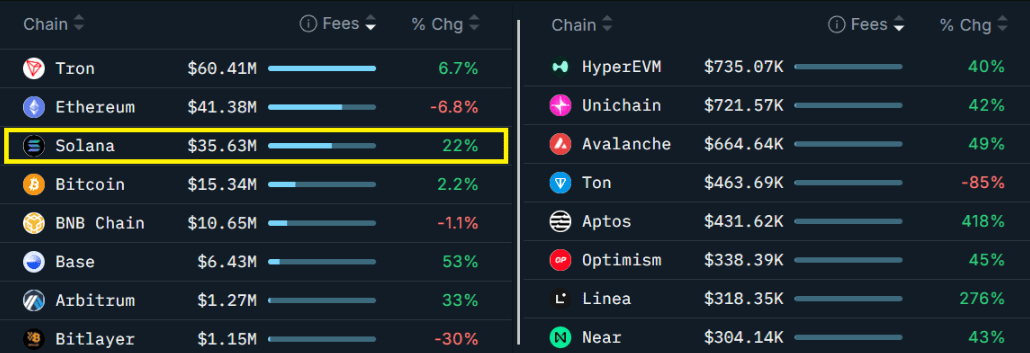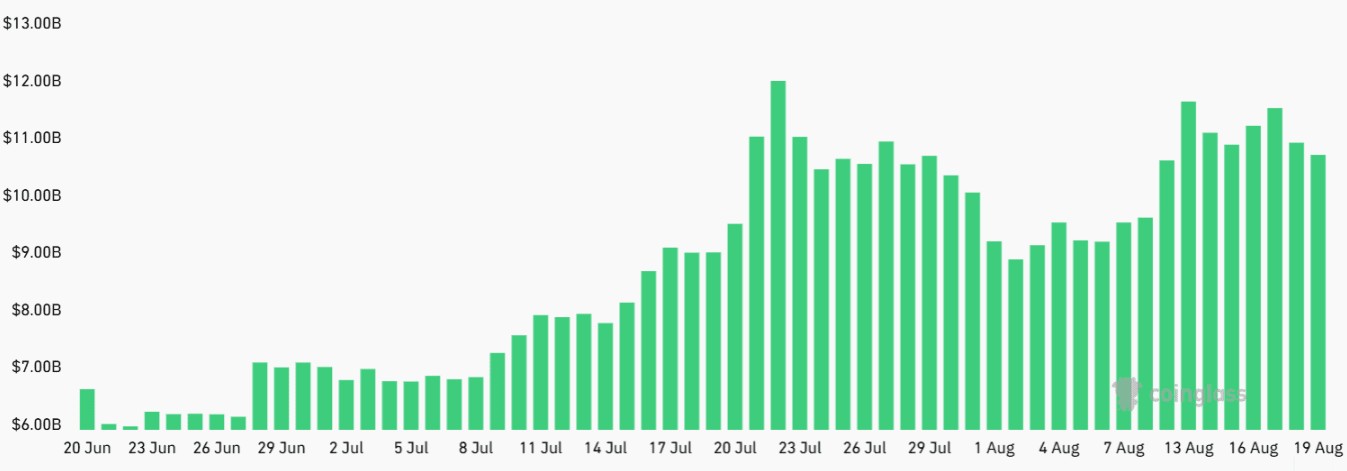The price of Solana (SOL) has dropped 15.5% since reaching $209.80 on Thursday, the highest price in over six months. This correction has raised concerns that a double top pattern may be forming, signaling a bearish reversal. However, four key indicators suggest the opposite, indicating Solana may soon retest the $200 level, contradicting the current bearish sentiment among short-term investors.

Solana has asserted its position as the second-largest decentralized exchange (DEX) ecosystem, with a total trading volume of $111.5 billion over the past 30 days. While Ethereum still holds the lead, Solana has surpassed the total volume of Ethereum's combined layer-2 networks, reaching $93.1 billion. BNB Chain ranks third with $60 billion, according to DefiLlama data.

The total value locked (TVL) on Solana reached $12.1 billion this week, a 20% increase over the past two months, reinforcing its second leadership position compared to BNB Chain, which has a TVL of $7.8 billion. Many decentralized applications (DApps) like Kamino, Jito, Jupiter, Sanctum, Raydium, and Marinade have all surpassed $2 billion in TVL. This sustained activity has bolstered demand for SOL, as transaction fees are essential for maintaining the base staking yield.
Network fees also highlight this momentum. Over the past 30 days, Solana generated $35.6 million, a 22% increase from the previous month. Ethereum led with $41.4 million but saw a 7% decline during the same period. Solana's advantage comes from low fees and a seamless user experience, eliminating dependency on bridges and complex layer-2 solutions.

Solana's third position in network fees is noteworthy, especially as Ethereum maintains a much larger smart contract deposit base. Solana's success is not easily replicable, as validators require higher hardware capabilities and significant capital commitments, making the network stronger compared to its competitors.
Institutional participation in Solana expands in futures products and stock exchange trading.
Open interest in SOL futures has risen to $10.7 billion, up from $6.9 billion two months ago. Currently, this figure has surpassed XRP futures, even though XRP has a market capitalization 81% larger. This growth indicates increasing institutional participation, a positive factor for long-term adoption.

Additional evidence of demand from institutions comes from $2.8 billion in futures contracts and exchange-traded products of Solana (ETF/ETP). The base staking yield of 7.3% could drive strong demand as Solana's spot ETFs launch in the U.S. Bloomberg analysts predict a 90% or higher likelihood of approval from the U.S. Securities and Exchange Commission (SEC) before the year's end.
Although the correction from $209.80 raised concerns about a bearish double top, Solana's leadership in DEX volume, expanding TVL, rapidly increasing fees, and growing institutional exposure argue the contrary. Instead of confirming a bearish pivot, these factors support a rally towards $200, validating the hypothesis that traders may have become overly pessimistic too soon.